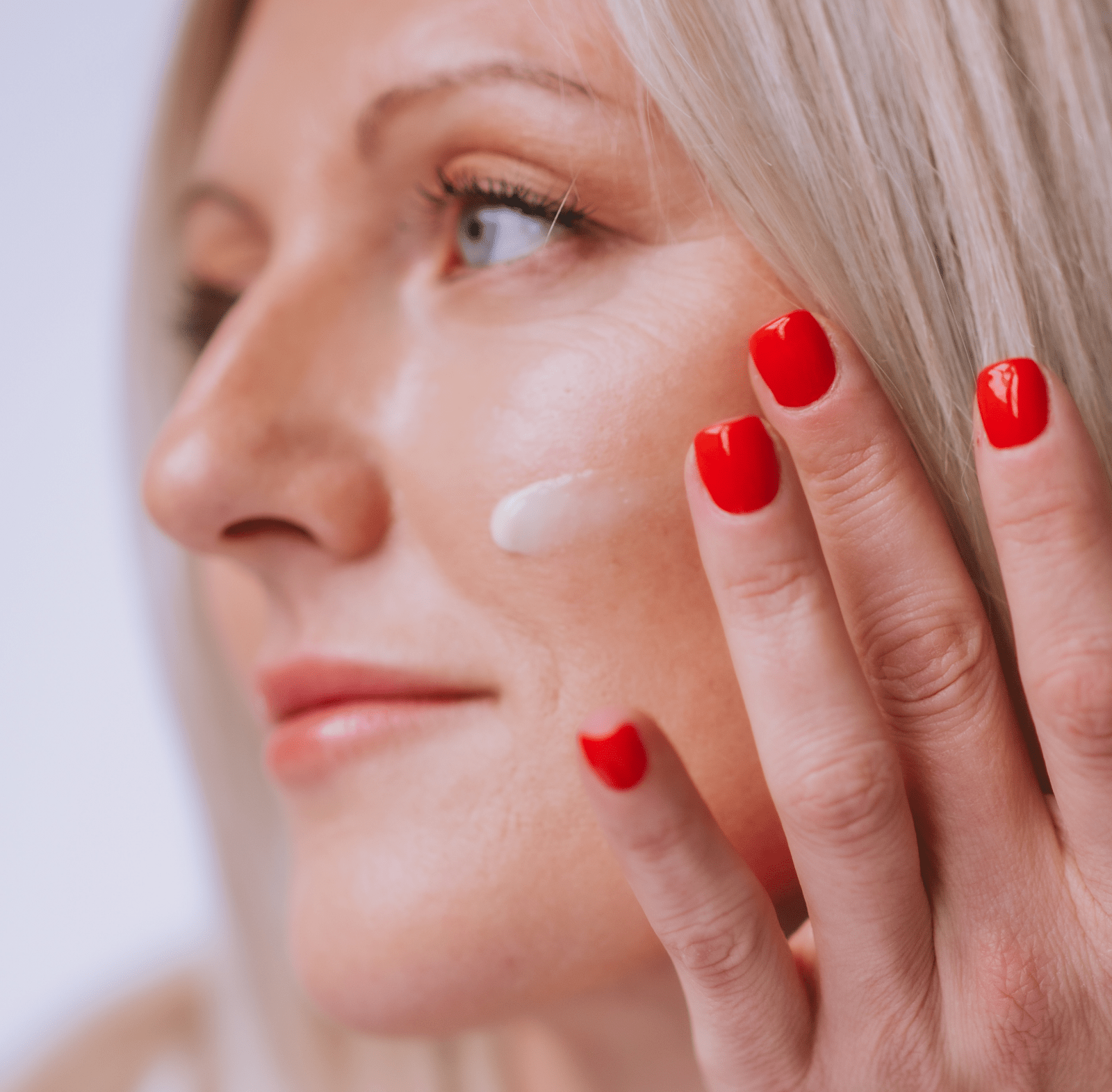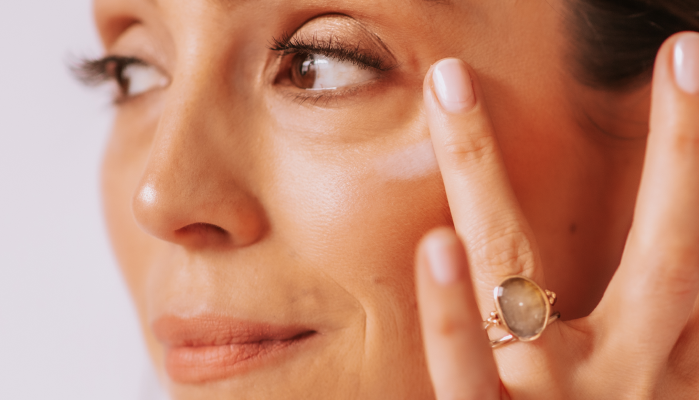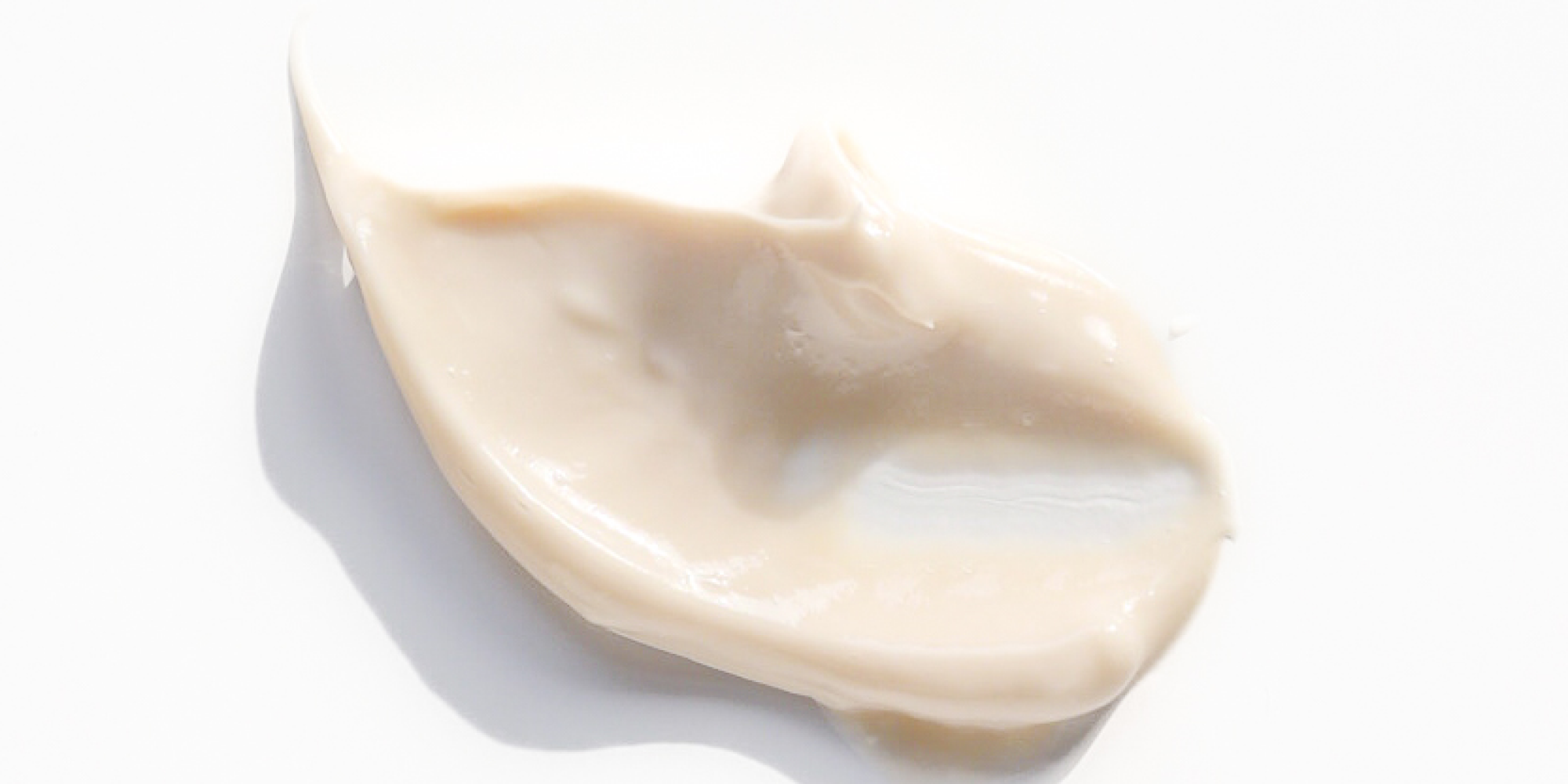
Top 4 Myths About Retinol
Many people are hesitant to add retinol into their skin care routine due to misunderstandings about this ingredient. But according to some dermatologists and aestheticians retinol is actually one of the most important skin care products on the market.
What Is Retinol?
Retinol is derived from Vitamin A. It is a powerful antioxidant that has many positive effects on the skin, including improving acne breakouts and sun damage, and reducing signs of aging. Retinol aids in clearing acne by reducing congestion and inflammation in the pores. It supports younger looking skin by stimulating cell renewal and brightening the appearance of the skin. Retinol stimulates fibroblast cells to improve collagen production, and inhibits melanogenic which causes hyperpigmentation.
Common Myths About Retinol
Myth 1: Retinol is irritating
Many people believe that retinol is too aggressive for their skin, but in reality reactions to products containing retinol are often caused by other ingredients in the recipe. Our cells have retinol receptors that are actually happy to finally get needed retinol. A temporary redness may initially be seen, but with continued use any redness will balance out. According to dermatologists retinol can only damage skin for those with underlying conditions such as eczema or rosacea.
If you do experience redness or flaking while your skin builds up a reservoir of retinol, allow a few days in between applications for acclimation. It is also important to start with products containing a lower concentration of retinol. As you begin to see less irritation you can slowly increase the concentration of retinol in your products, and gradually decrease the days in between applications until you are using it daily.
Myth 2: Retinol can't be used during the day
This is false. Retinol is an antioxidant that can actually boost your sun protection. Research has shown it to be very effective when applied under your sun screen. In fact, Vitamin A, C and E in combination remain stable and effective together.
Myth 3: Retinol can't be used with exfoliators like AHAs and BHAs
This is also false. Retinol can cause flaking, but this should not be confused as the result of exfoliation. AHA’s and BHA’s are exfoliators which loosen the bond that holds dead skin to the surface. The myth is that these ingredients can’t be used together because it decreases retinol’s effectiveness. This simply is not true. In fact research has shown that using retinol products with effective AHA or BHA products increases the benefits of each. The combination can be a very effective approach to many skin conditions including the formation of milia.
Myth 4: Skin redness and peeling is an allergic reaction to retinol
A skin rash might not be an allergic reaction to skin care products but rather a reaction to foods we have eaten. A true allergic reaction typically has a combination of symptoms such as; swelling, white heads and/or hives, itching, dryness and flaking are the most common.
If you are truly experiencing an allergic reaction to an ingredient, the rash develops when your skin touches a substance in your environment or a product you are using. This is known as allergic contact dermatitis and involves localized symptoms that take longer to develop—about 48 to 96 hours after exposure.
How to Choose Clean Retinol Products
As with all skin care ingredients, when searching for a retinol product it is important to choose clean formulas and also to monitor how your skin feels as you get started.
Dubois Beauty is proud to offer Vital A serum, a 1% retinol with a blend of soothing ingredients like Bakuchiol and Bisabolol.







